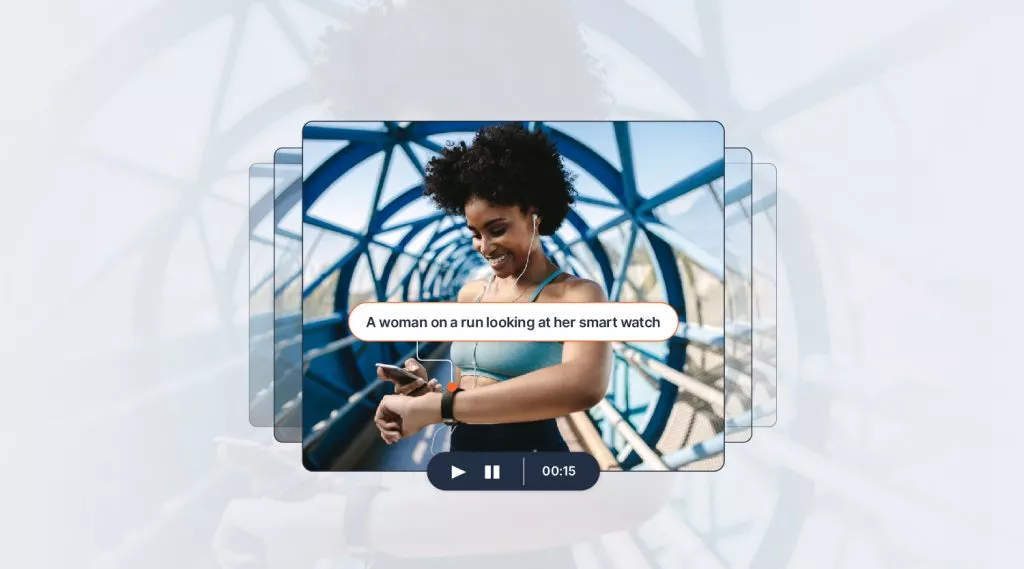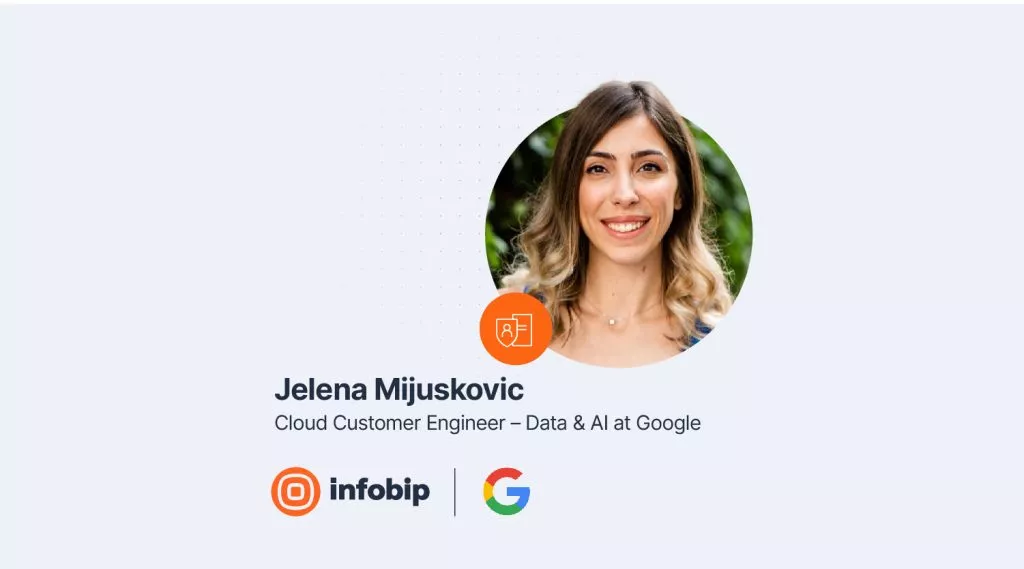What is ChatGPT?
ChatGPT is an artificial intelligence (AI) chatbot developed by OpenAI and launched on November 30th, 2022. It uses natural language processing (NLP) to create human-like conversations, demonstrating the power of generative AI models in real-time interactions.
OpenAI CEO Sam Altman recently unveiled Sora, an innovative video generator that could change how we create and consume visual content.
How does ChatGPT work?
The developers trained the model using reinforcement learning from human feedback (RLHF). They employed similar methods as those used for InstructGPT but with slight adjustments to the data collection process.
The initial model was trained using supervised fine-tuning. Human AI trainers engaged in conversations, playing both the user and AI assistant roles, to fine-tune the AI systems. They were provided with model-written suggestions to aid in their responses. This new dialogue dataset was combined with the InstructGPT dataset, which had been converted into a dialogue format.
Comparison data was collected to develop a reward model for reinforcement learning. This data comprised two or more model responses ranked by quality. Conversations between AI trainers and the chatbot were used for this purpose. A model-written message was randomly selected, along with several alternative completions, and AI trainers ranked them. These reward models enabled the fine-tuning of the model through Proximal Policy Optimization, a process that was iterated multiple times.

Source: OpenAI
ChatGPT updates
The chatbot that started the consumer-friendly AI trend is available in two versions: a free version, ChatGPT 3.5, and a subscription-based version, ChatGPT 4.
ChatGPT 4 costs $20 per month. The paid subscription grants users access to a more powerful large language model capable of processing significantly more data to generate prompt responses.
OpenAI’s Chief Technology Officer Mira Murati recently announced GPT-4o, stating it “brings GPT-4-level intelligence to everything, including our free users.” The features will gradually roll out over the coming weeks, with paid users receiving five times the capacity limit of free users.
GPT-4o boasts a two-fold increase in speed and a 50% cost reduction compared to GPT-4 Turbo, its predecessor released in late 2023. Notably, GPT-4 Turbo was known for providing more up-to-date responses and handling larger chunks of text.
The new model will be accessible in 50 languages and integrated into the API, allowing developers to use its capabilities in their applications.
Use cases
ChatGPT’s versatility extends beyond human interactions. It has been employed in various applications, showcasing the potential of AI tools in diverse fields.
- Coding and debugging: Writing computer programs and identifying errors in existing code.
- Music composition: Creating original musical pieces.
- Email drafting: Assisting in the composition of emails.
- Content summarization: Condensing articles, podcasts, or presentations into concise summaries.
- Social media content creation: Generating scripts for social media posts.
- Title generation: Crafting compelling titles for articles and other content.
- Mathematical problem-solving: Providing solutions to mathematical problems.
- Keyword research: Identifying relevant keywords for search engine optimization.
- Content creation: Producing articles, blog posts, and quizzes for websites.
- Content adaptation: Repurposing existing content for different mediums, such as transforming presentation transcripts into blog posts.
- Product description formulation: Crafting persuasive product descriptions.
- Gaming: Participating in various games.
- Job search assistance: Aiding in job searches, including resume and cover letter writing.
- Trivia: Answering trivia questions.
- Topic simplification: Explaining complex topics in simpler terms.
- Video scriptwriting: Creating scripts for videos.
- Market research: Research potential markets for products.
- Art generation: Producing various forms of art.

ChatGPT in action
Benefits
The evolving nature of ChatGPT is continuously revealing new benefits for businesses and users. Some of the current advantages include:
- Enhanced efficiency: AI-powered chatbots automate routine tasks, allowing employees to focus on more strategic initiatives.
- Cost reduction: AI chatbots can be a more economical alternative to hiring and training additional staff.
- Improved content quality: Writers can leverage ChatGPT to refine grammar, address contextual errors, and generate content ideas. It can also enhance existing text with improved language and expressions.
- Education and training: ChatGPT acts as a virtual tutor, explaining complex topics and providing guidance with tailored clarification.
- Faster response time: ChatGPT delivers instant responses, minimizing wait times for users seeking assistance.
- Increased availability: AI models operate 24/7, ensuring continuous support and assistance.
- Multilingual support: ChatGPT facilitates communication in multiple languages and offers translation capabilities, catering to businesses with global reach.
- Personalization: AI chatbots tailor responses based on user preferences and past interactions, creating a more personalized experience.
- Scalability: ChatGPT efficiently handles numerous users simultaneously, making it ideal for applications with high user engagement.
- Natural language understanding (NLU): ChatGPT comprehends and generates human-like text, enabling content creation, question answering, conversational engagement, and detailed explanations.
- Digital accessibility: ChatGPT and similar AI chatbots provide text-based interactions, enhancing accessibility for individuals with disabilities compared to other interfaces.
Limitations
ChatGPT occasionally produces responses that appear plausible but are factually incorrect or nonsensical. Addressing this issue is complex because of several factors:
- The lack of a definitive source of truth during RL training.
- Training the model to be overly cautious results in it declining questions it can answer accurately.
- Supervised training can mislead the model because the ideal answer depends on the model’s knowledge rather than the human demonstrator’s knowledge.
Furthermore, ChatGPT is sensitive to slight variations in input phrasing or repeated prompts. A question phrased one way may result in the model claiming ignorance, while a minor rephrasing could elicit a correct response.
The model also tends to be overly verbose and repetitive in its language, often restating its identity as a language model trained by OpenAI. This stems from biases in the training data and over-optimization issues.
Ideally, the model would seek clarification for ambiguous queries. However, current models tend to guess the user’s intent instead.
Despite efforts to make the model reject inappropriate requests, it may still respond to harmful instructions or display biased behavior. The Moderation API is used to mitigate this, but false negatives and positives are expected. User feedback is actively sought to improve the system’s safety and fairness.
Ethical concerns
While beneficial in specific scenarios, ChatGPT raises ethical concerns depending on its application. These concerns primarily revolve around bias, privacy and security risks, and potential misuse in academic and professional settings.
Any biases present in the data ChatGPT draws from are reflected in its output, and the model cannot understand offensive or discriminatory language.
The next significant issue is the potential for plagiarism and deceitful use. ChatGPT’s human-like capabilities can be exploited for cheating, impersonation, or spreading misinformation. Educators have expressed concerns about students utilizing the model to plagiarize or write papers.
ChatGPT’s ability to generate code also raises cybersecurity concerns, as threat actors could use it to create malware. Although OpenAI has taken steps to mitigate this, the possibility of circumventing safety protocols remains.
Additionally, the model can be trained to impersonate individuals, potentially leading to collecting sensitive information or disseminating disinformation.













